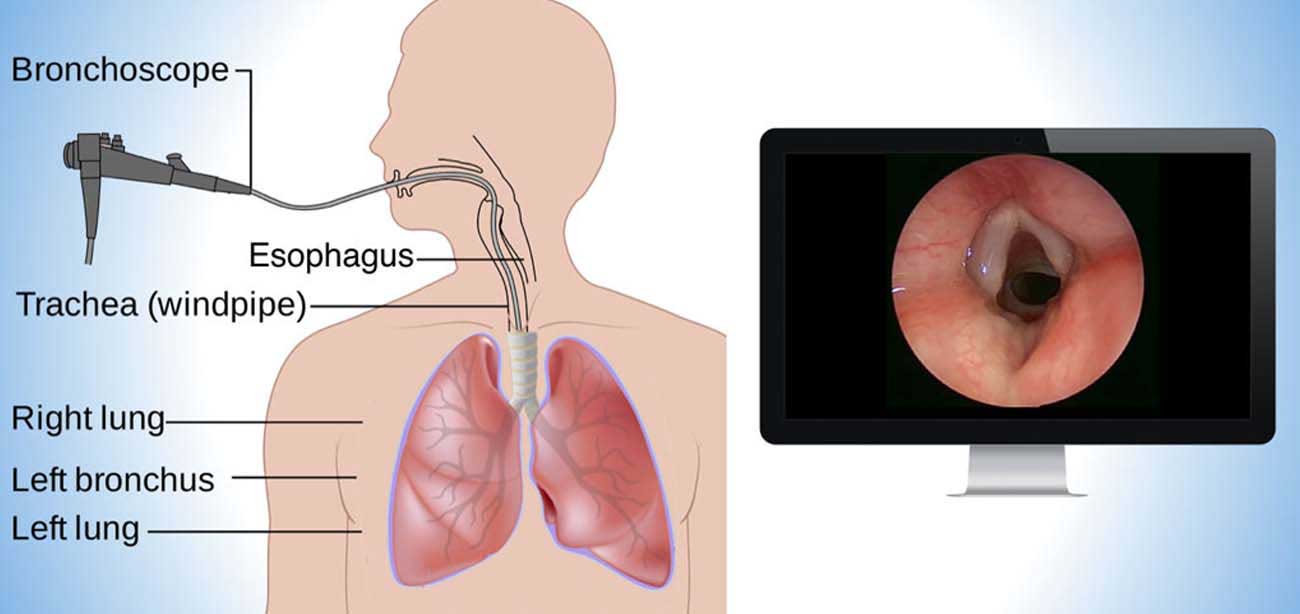Transbronchial Needle Aspiration (TBNA)

What is thoracoscopy?
Thoracoscopy is a procedure a doctor uses to look inside the chest cavity. This is done with a thoracoscope, a thin, flexible tube with a light and a small video camera on the end. The tube is put in through a small cut made near the lower end of the shoulder blade between the ribs. Thoracoscopy is sometimes called VATS which is short for video assisted thoracic surgery.
Why do you need thoracoscopy?
There are a few reasons you might need to have thoracoscopy:
- To find out why you are having lung problems – This test is used to look for the causes of problems in the lungs (such as trouble breathing or coughing up blood).
- You have a suspicious area in your chest that needs to be checked –Thoracoscopy can be used to look at an abnormal area seen on an imaging test (such as a chest x-ray or CT scan). It also can be used to take biopsy samples of the chest wall, or the lining of the lung (pleura). It is commonly used for people with infection, mesothelioma and lung cancer.
- You have fluid around your lungs –Thoracoscopy can be done to remove excess fluid that is around the lung and causing trouble breathing. This fluid can also be sent to the lab and checked for cancer or infection. If fluid around the lungs is removed, but builds up again, medicine can be put into the chest cavity with a thoracoscope to keep the fluid from coming back (pleurodesis).
What's it like to have a thoracoscopy?
Getting the test –Thoracoscopy may be an outpatient (you don't need to stay overnight in a hospital) or inpatient (you need to stay in the hospital overnight or a few days) procedure depending on what is being done. If done as an outpatient you may only need local (not general) anesthesia and mild sedation.
 Call For Appointment
Call For Appointment